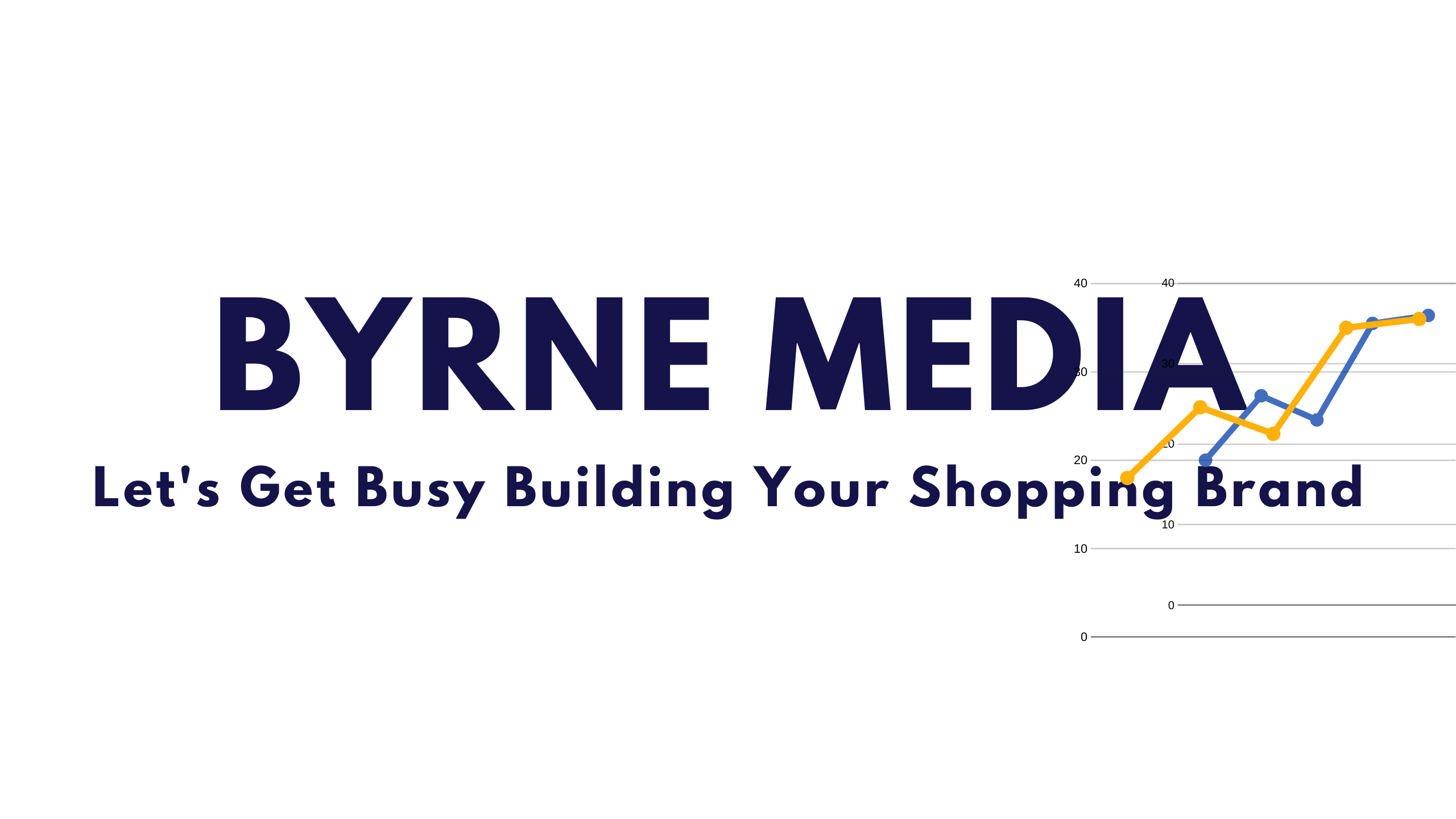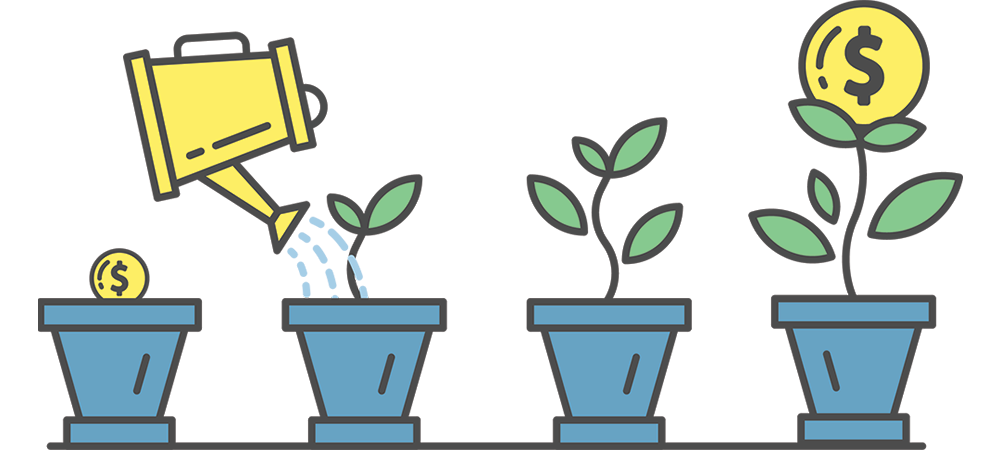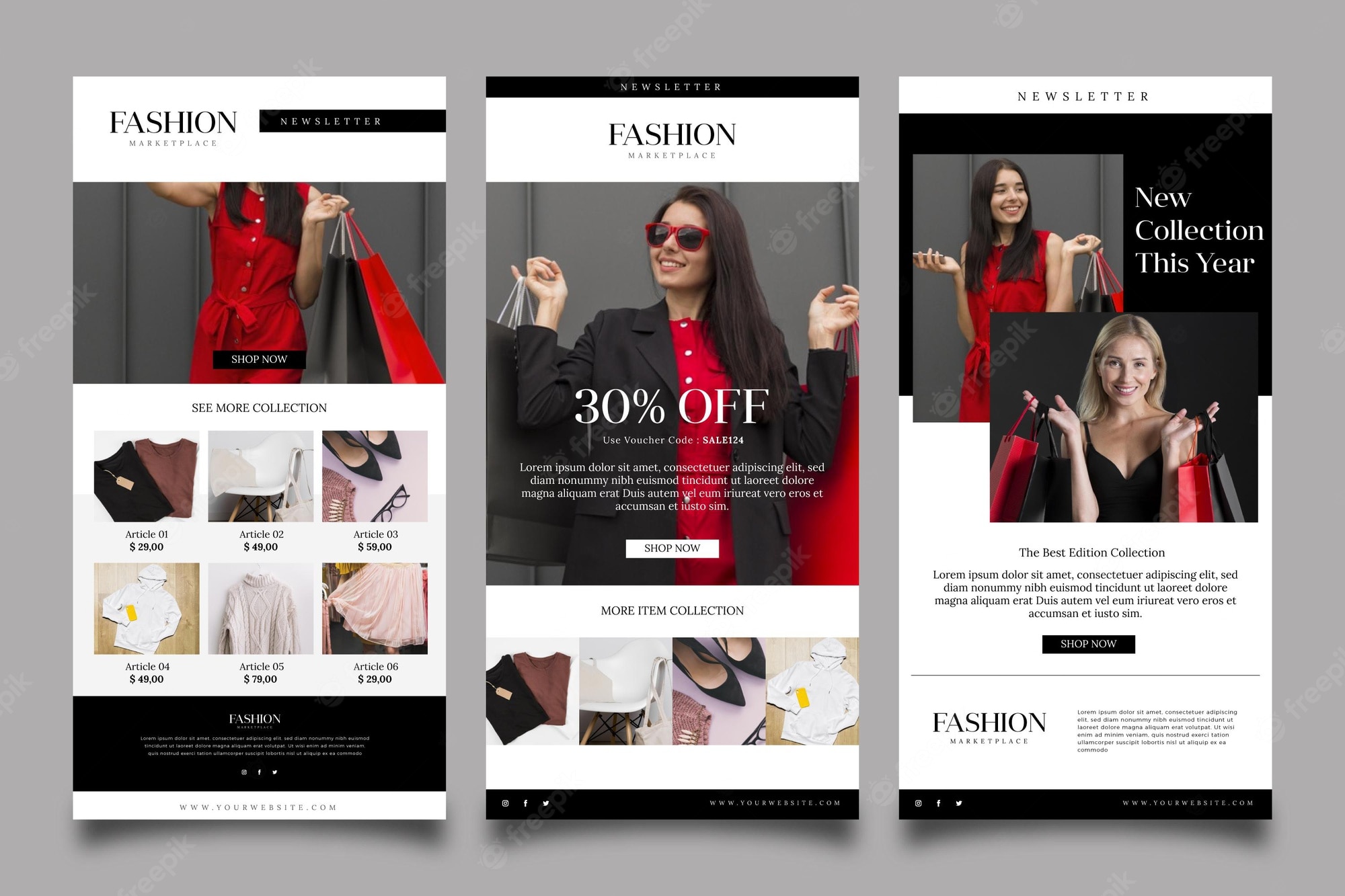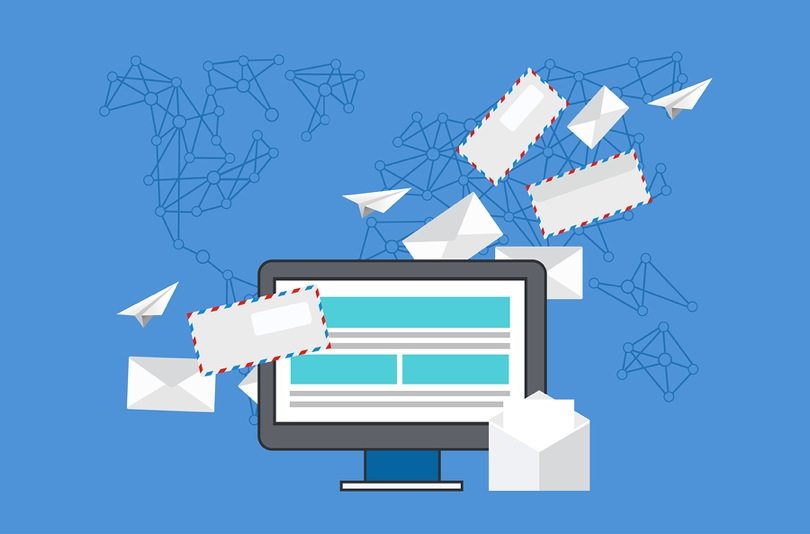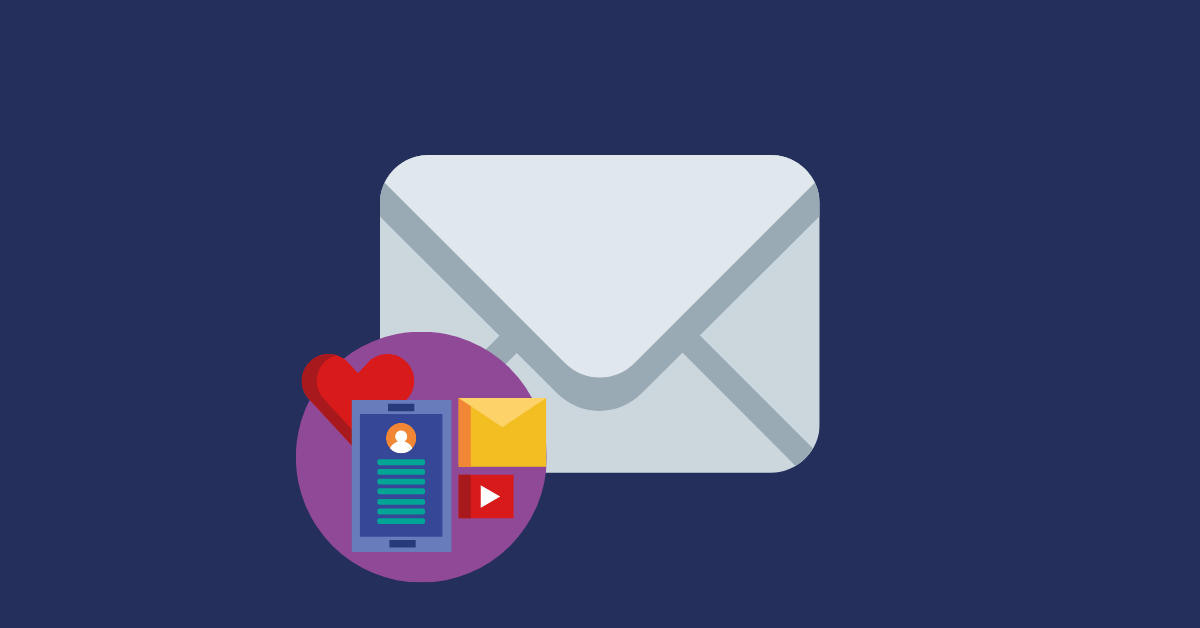
One of the most valuable pieces of data you can acquire from a visitor for your store, is to collect their email address. Whether it’s a prospect or a customer, acquiring their email address means you can begin to build a relationship with these people and begin to nurture a relationship with them by offering value and enticing offers.
Email is like your vehicle for building value and engaged relationships with your prospects & customers. It’s an important component in terms of how you increase customer lifetime value and better predict the success trajectory of your business.
The whole point of sending email for your shopping brand is to get your prospect or customer to get them from “A” their inbox, to “B” the store’s web property. Email is like a Google or Facebook ad. Its purpose is to garner attention and get the click.
Today I am going to dive into ways in which you can use email marketing to generate revenue for your online store.
Abandon Cart Emails
Cart Abandonment is a big problem for web stores. According to the Baymard Institute, (they study user experience for e-commerce), almost 70% of shoppers abandon their virtual cart before purchasing.
That’s a significant number! Granted not all cart abandonment’s are recoverable as people are naturally browsing online, or simply not ready to buy.
One way to encourage your visitors back to complete their purchase is through the use of email marketing. Abandoned cart emails are typically sent to people who leave part-way through checkout. The good news is that these emails can recover some of that lost revenue for your store.
Recovering cart abandonment’s can be done through the use of email automation. Once you set up these email flows correctly, you’ll begin to recover some of that lost revenue.
Some Abandoned Cart statistics:
- 45% of all cart abandonment emails are opened
- 21% of all cart abandonment emails are clicked
- 50% of those clicks lead to a recovered purchase back on site
It’s very important to implement these cart abandonment emails because your store acquired visitors that had a likely intent on making a purchase, but didn’t because of some of the reasons below:
- Got distracted
- Total price was higher than they wanted to pay
- Checkout process was too long or complicated
- They were just browsing or price comparing
Cart abandonment emails help to recover some of these shoppers. Not only are they recovering a sale, but they’re also helping to increase your customer list, which you can then use to re-market to these customers over the months and years that follow.
This in turn helps to add more value for your customers and assist with an increase in the customer lifetime value.
Tip: Don’t just send the one email to those who abandon their cart. Send a series of emails over the space of a few days. Your first email can be on the same day as the abandoned cart with a simple reminder. Perhaps include some added value to sweeten the deal. As the days follow, you can continually remind them of items in their shopping cart and use a little scarcity, urgency, testimonials & social proof to motivate the sale.
Email marketing for cart abandonment situations = Revenue increase for your store!
Promotional Offer Emails
Another great way of using email marketing to boost revenue is through promotional offers. Maybe you have a product launch coming up and you want to give your email list first access to your new product line.
If it’s holiday season such as Christmas, Mothers Day, Thanksgiving etc, you might offer a special incentive during these competitive times of the year. Or how about that end of season sale? You can use email to communicate whatever promotion you have in mind.
Whatever you use email marketing for, just make sure that it speaks directly to your audience. It’s best practice to segment your audience for something like this.
You can segment your customers using a good customer relationship management tool by the following:
- Face Value Customers: These are customers who buy at face value. They aren’t driven by discounts or deals. They see the value in your products and how your products deliver a positive outcome, which motivates them to purchase. These customers are also driven by the newness or exclusivity of a product. For these customers, send them first-access promotions to new products or lines.
- Discount Customers: These customers are motivated to purchase from your store when your brand offers products at a deal or discount rate. You can send email marketing campaigns to this segment of your list when you have deal or discount opportunities to offer. If you have other incentive based, value stacking opportunities such as refer-a-friend or loyalty programs etc, be sure to notify them about these opportunities as this is the kind of thing they are attracted too.
- High AOV Customers: These guys bring in high transaction value for your store when they shop with you. So to encourage them back to spend with you, use promotional bundles, monthly subscription boxes and product recommendations that align with the typical buying cycle of this segment to help these customers find and buy all the items they need at once.
Post Purchase Emails

I’m sure you are aware of the saying
“it’s easier to sell to an existing customer, than to someone who you don’t have a relationship with already”.
Well if you’re selling products to customers and you are not sending out post purchase emails, you’re potentially missing out on more opportunities to generate more revenue from existing customers.
How about sending out the likes of upsell and cross sell emails to your customers with the goal of selling them additional products that add more value to the experience they are looking for, whilst at the same time increasing your store’s Average order value & Lifetime Value.
There are a number of ways you can implement post purchase email campaigns.
Let’s take a look at some strategies below –
- Receipt Campaign: When customers make purchases on your store, they will be sent a receipt to confirm the transaction. These emails get high open rates (70%+) as the customer is keen to understand & confirm their purchase. It’s proof of transaction and gives confidence to your customer that the “deal is done”.
Customers are happy to have confirmation of their transaction sent via email. Use your receipt to include offers and discounts for recommending friends. Ask for a review on the product when they get it.
- Cross Sell/Upsell Campaign: When a customer makes a purchase, why not send an email that offers related items to the original item purchased. Or offer an upsell that helps to improve the end result from their original purchase. Think of Amazon’s “Frequently bought together” suggestions when it comes to these emails.
- Category/Brand Campaign: This simply means that you can promote more offers that come from the same category or brand as the customer originally purchased from. For example, if someone purchased womens high heels from your shoe category, you could follow up with other related items within that category.
Go more granular by including the same brand of high heel shoes that they purchased. It’s worth a test if you understand that your customers tend to shop around the same categories as they purchase from your store.
- Wishlist Campaign: Maybe you have a wishlist function in place on your store and you noticed that some of the items that have been added to a wishlist have not been purchased even after a recent shopping visit from your customer.
How about sending an email to your recent customers reminding them about the items within their wishlist and offer a special deal for them to come back and purchase all the goodies they wanted to buy? They clearly had intent with these items, so make them a deal they can’t refuse.
Re-Engagement & Bonding Emails
We’ve talked about how using email can generate revenue for your store using more direct traditional methods. But we also need to take into consideration the health and engagement of relationships with prospects and customers who don’t engage with our messages from the emails we send out… and don’t ultimately purchase because of this lack of engagement.
If we don’t have engagement from our emails, ie. opens and clicks for example, we’ll struggle to make sales with our offers because we don’t have the traffic coming from our email channel.
Here are a few examples of re-engagement emails that will help to reignite our relationship with prospects and past customers who may have slipped off the radar a little.
- Win Back Emails: I’ll start off with the type of email campaign you may find where some of your subscribers have not opened or clicked your emails in the last 60-90 days. Win back emails are specifically designed to re-engage our subscribers back to opening and clicking our emails.
If we don’t get opens and clicks from a subscriber over a period of time, we are going to have less delivery into their inbox and end up in the spam folder. So the job of the win back email is to win that open and click from the email series. Have that subscriber re-engage with our brand and reignite the relationship.
Remind your subscriber of the reasons why they joined in the first place. Restate your brand’s value proposition and remind your subscriber about all the great benefits you have to offer when it comes to solving their pain points.
Winning back your subscriber gives you a position of presenting value to them again. Present an irresistible offer to them that not only earns you an email open, but gives you an opportunity to have them stay connected with your brand, in the hopes of purchasing from you at a later date..
- Replenishment Emails: If you sell products that are used frequently by your customers, you can use replenishment emails to encourage your customers to reorder from you again. From health supplements to make up. Any items that are frequently purchased from your customer gives you a great opportunity to send emails like this.
- Event Based Emails: If you have some data based on events from your prospects and customers, you can use this data to target segments of your audience. For example, if you know some of your audience are Fathers, you can send them a Father’s day promotion to entice a sale. Or if you collect your audience’s date of birth, you can send them a special VIP birthday email offer.
Make them feel special and stand out by adding a personal touch. This will help to re-engage with your audience or even create a closer bond because of the personal touch you are using to make that connection.
